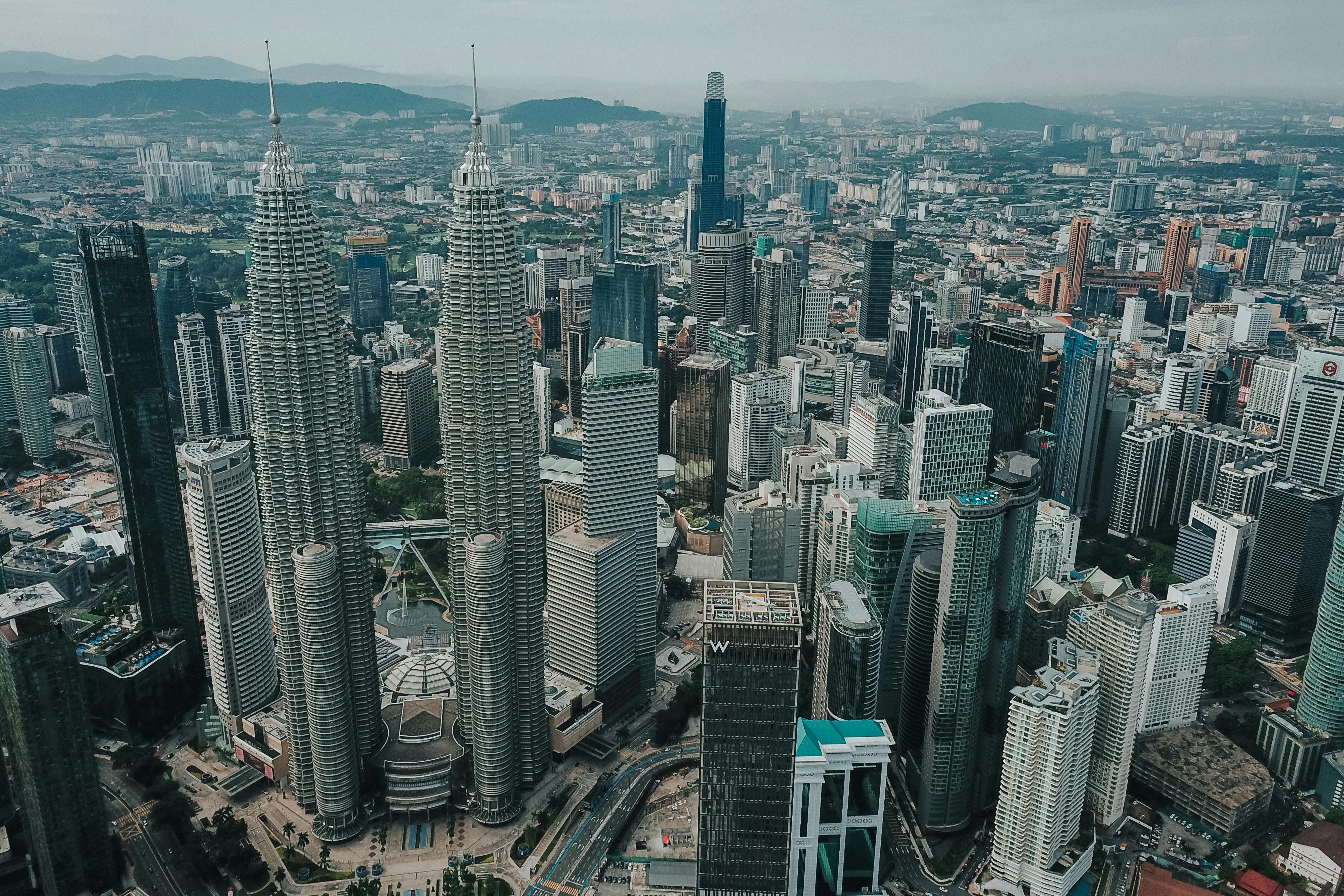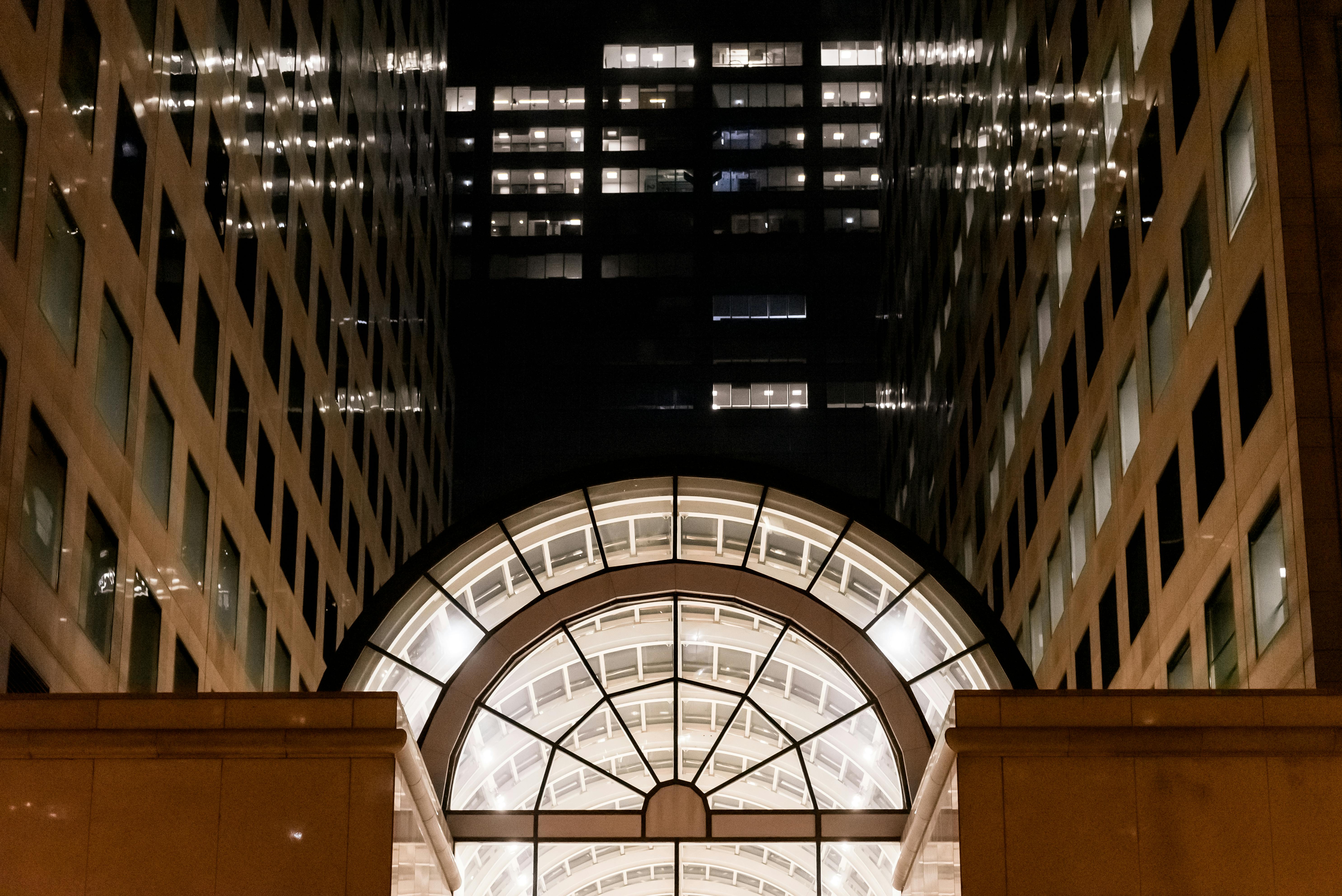Drop (Duck) Cover and Hold On… Stock up on enough food, water and medicine to last at least a week… Watch for gas leaks — Oops! What do you do with the gas leak? What can you do? Well, let’s start by looking at three incidents.
First – A gas leak in your home, business or apartment where the leak is on your side of the meter is easy to treat. Just turn off the gas with a simple key. But, in more serious earthquakes, the chances of an underground rupture are a major concern and are not as easy to deal with.
Second – Some communities have very old infrastructure that is more prone to damage than new ones. In the 1994 Northridge CA earthquake, a mobile home community experienced multiple underground ruptures. The gas escaped through the cracks in the streets, gardens and under the houses.
Residents trying to flee suddenly found their cars igniting gas with their catalytic converters in their exhaust systems. The fires spread to the houses. The Managers struggled for almost an hour trying to shut off the gas supply to the park, but were unable to do so.
No representative from the gas company came to their aid and the entire community was consumed by fire. Some systems are so old and fragile that they can be broken with an aftershock or without any kind of shock.
Third – The most recent main gas explosion in San Bruno, Northern California, did not need an earthquake to rupture. It was an old system, increasingly overloaded and apparently poorly maintained. It took PG&E (California’s largest utility) an hour and a half to shut off the gas! The loss of life and property is a tragic testament to a problem facing thousands of communities across the country.
Where was the fire department?
So where was the local fire department in the last two examples? In no situation were they able to shut off the gas. For starters, they don’t have the special equipment or keys to unlock the gas valve covers and shut off the gas. Perhaps most importantly, in many cases they don’t even know where a local community’s main gas line is. Think about it. Even if they could turn off the gas, they wouldn’t know where to look.
The situation is particularly complicated by the fact that there are not enough qualified representatives from the gas companies to simultaneously cover all the communities they serve… and is further complicated by the difficulties these crews are likely to face later. of a great calamity.
Whose responsibility is the gas valve?
Part of this problem stems from the “turf” position of the various gas companies. They insist that gas supply management is their responsibility and requires special knowledge and training. And their arguments are not without merit. Managing the gas supply to hundreds of neighborhoods is something of a “balancing act.” If you turn off one or two main locations, how do you even out the resulting pressure surge in the other communities? And, the complexity and cost of reopening gas at individual locations after a sectional closure should not be overlooked.
What can you do?
There is little you can do to really mitigate the situation. But, at the very least, you can push for more communication between your local fire station and the gas utility that serves your community. And, if your community, business, or apartment complex has a proprietary gas system, there’s likely a supply line with a separate shutoff valve. Make sure your local fire station personnel know where this shutdown is and how to put it out in a real emergency.
Knowledge is power!
In other words, make sure that you and the first responders in your community are fully informed. And be sure to check with your gas company about the age and condition of the gas supply infrastructure in your community. The more you and your local Firefighters know, the safer you will be.










